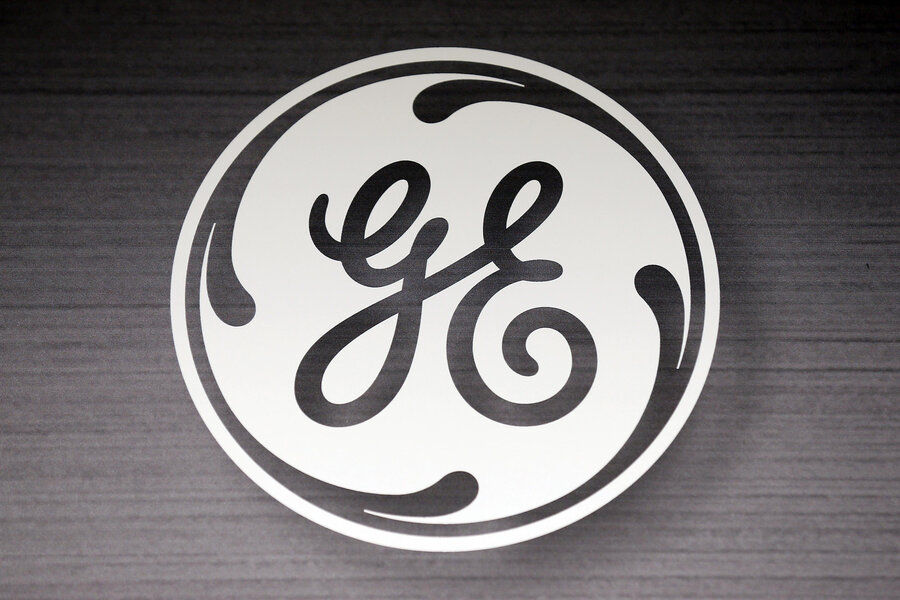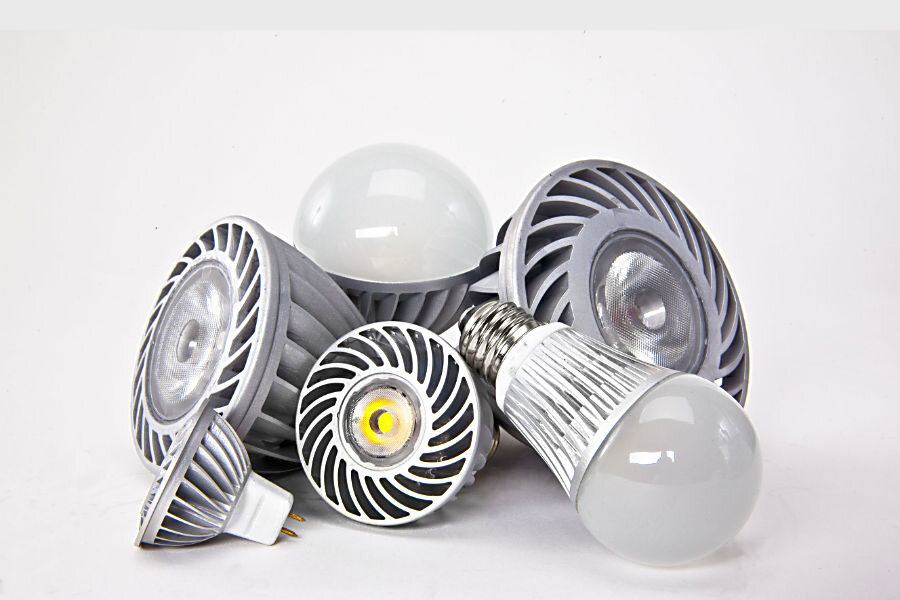Why compact fluorescent lightbulbs will be off the market soon
Loading...
It’s a whole new era for energy-efficient lighting.
Monday morning, General Electric announced it will phase out the sale of compact fluorescent lightbulbs, the standard inexpensive option for the environmentally conscious. Instead, the company will give prominence to the LED, or light-emitting diode, bulbs – a better quality and more energy-efficient cousin of the CFL.
“Now is the right time to transition from CFL to LED,” John Strainic, chief operating officer of consumer and conventional lighting at GE Lighting, told The New York Times. “There are so many choices that a consumer has for one socket in their home that it’s overwhelming. This will help simplify that.”
The company will stop manufacturing and selling the compact fluorescent bulbs by the end of the year. Although they were the first major alternative to regular halogen or incandescent light bulbs, vouched by major retailers like Wal-Mart in the mid-2000s, CFL bulbs now fail to meet government standards for energy efficiency in the United States and abroad. Earlier CFL bulbs also had issues with the harsh quality of lighting, as well as the time it took to light up.
While CFL still dominates the energy-efficient marketshare, making up nearly 30 percent of all standard bulb shipments in the third quarter of last year, preference for LED has grown organically. Just a few years ago, they were drastically more expensive – up to $30 per bulb. But thanks in part to government regulation of subsidies, the prices have gradually dropped, now down to about $5 for a basic LED bulb.
According to the National Electrical Manufacturers Association, the sale of LED bulbs in 2014 and 2015 increased by 237 percent, making up 15 percent of all bulb shipments in the third quarter of last year.
But just because the greener bulb is now being highlighted doesn’t mean consumers will be more inclined to go for it. GE will continue the making and selling of incandescent and halogen bulbs, which are not particularly energy-efficient. In the same financial quarter, halogen represented half of total bulb shipments.
Nonetheless, expanding the market for LED lights will ultimately result in higher customer satisfaction. The growth of technology for CFL bulbs stopped soon after their initial peak in 2007, because of their notoriously slow start-up time.
"It's kinda been the product that everybody loves to hate,” Mr. Strainic said, as reported by The Verge. LED, he said, was simply the better product.
The Energy Star standard was the other main incentive for transition to LEDs. After the international standard for energy-efficient consumer products recently raised by the bar of qualifications, the CFL now falls short of the LED. In 2017, the Energy Star efficiency standards will increase to 80 lumens per watt, meaning that CFLs will no longer qualify for utility rebates. That money will instead funnel into LED purchases.
Beyond GE, retailers have also been distancing from the use of CFLs. Wal-Mart and Sam’s Club now have fewer CFL options on the shelves, and IKEA began carrying only LEDs last year.
"Ultimately, LED offers a better solution at a comparable price,” Strainic said.









